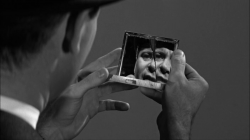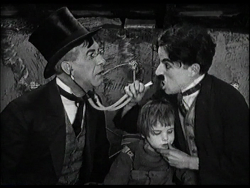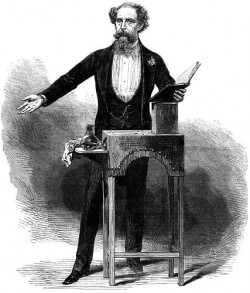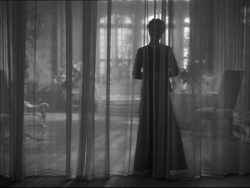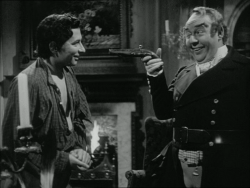by NEIL SINYARD
The text that follows is an edited version of a lecture I gave some years ago to introduce a series of Ferens Fine Art lectures at the University of Hull on the topic of Post-Impressionism. The initial focus was on the first Post-Impressionist Exhibition in London in 1910, what it contained, and how the reaction to it was symptomatic of what was going on generally in the arts at this time. I have always thought that the period between roughly 1910 and 1914 was one of the most remarkable periods of creativity in the arts ever, and it was to be the topic of my PhD, but a book on Billy Wilder intervened; the thesis was never finished; and my career took a very different direction.
To begin with the quotation that provides the title of this essay, a famous quote from Virginia Woolf in an essay entitled ‘Mr Bennett and Mrs Brown’ published in 1924. “In or about December 1910,” she wrote, “human character changed.” Virginia Woolf was often deliberately playful and provocative in her artistic pronouncements; she was never, however, frivolous. The date she cited was carefully chosen: a conscious allusion to the first Post-Impressionist exhibition at the Grafton Gallery in London, which was the first extensive viewing that the public in England had been given of the work of artists such as Cezanne, Van Gogh, Gauguin and Picasso. The change in human character that Virginia Woolf was suggesting was not so much of a change of personality per se but a way of perceiving personality (1910 was also the year when Freud was giving a famous lecture on the origins and development of psychoanalysis) and also of the way of portraying character, in paint and in print. In the early years of the 20th century, artists in different fields were seeking a new language or mode of expression to render what the art critic Roger Fry called “the sensibilities of the modern outlook”.
It was Roger Fry who had organised the Exhibition, which had actually been opened to the press on November 5th (Virginia Woolf had allowed a little time for its impact to be felt). Needless to say, some critics seized on the date of bonfire night as symbolically significant, Robert Ross, for example, immediately suggesting that what these painters were up to was roughly analogous to what Guy Fawkes had planned for the Houses of Parliament, revealing the existence, as he put it, “of a widespread plot to destroy the whole fabric of European painting.” The Exhibition attracted huge publicity, and was widely denounced as being pornographic, degenerate and evil.

